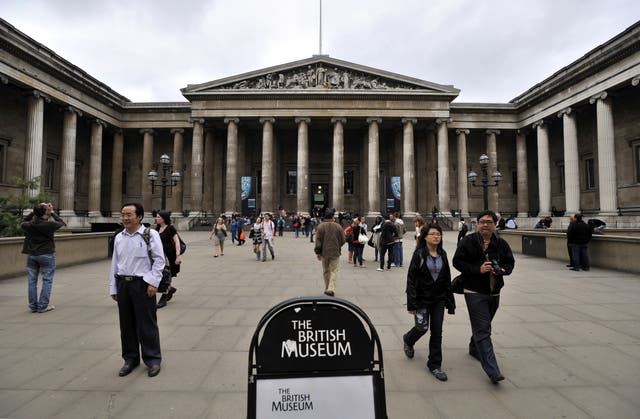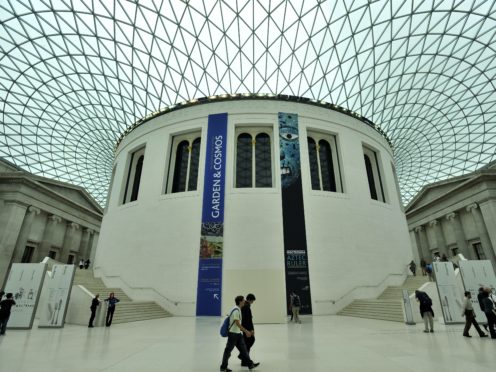A bust of the British Museum’s slave-owning founding father will be “juxtaposed” with objects reflecting his links to the British Empire, a spokeswoman for the institution has said.
Sir Hans Sloane’s bust has been removed from a pedestal in the museum and is instead being put on show in a display which explains his links to the slave trade.
The Irish-born physician, who was born in 1660, partly funded his collection from enslaved labour on a Jamaican sugar plantation, and his artefacts provided the basis for what became the British Museum.

The bust “has been re-displayed in the Enlightenment Gallery juxtaposed with objects that reflect that Sloane’s collection was created in the context of the British Empire and the slave economy”, a spokeswoman for the museum said.
Hartwig Fischer, director of the British Museum, said: “Dedication to truthfulness is crucial, when we face our own history.
“We have taken the bust of Hans Sloane from its pedestal and placed him in the limelight in a case in the centre of the Enlightenment Gallery, acknowledging his relationship to slavery and the slave trade.
“Sloane allows us to highlight the complexity and ambiguity of this period, he was a physician, collector, scholar, benefactor and slave owner.”
Sir Hans married a wealthy sugar plantation heiress. He was honoured by numerous place names, including London’s Sloane Square.
Mr Fischer added: “We will continue to explore our history and we will do this in collaboration with people from across the globe to rewrite our shared, complicated and, at times, very painful history as equals.
“We continue to acknowledge Sloane’s radical vision of universal free public access to a national museum collection and the public benefit that is generated through the British Museum.”
The British Museum’s demotion of its founding father is part of a wider race reckoning triggered by the Black Lives Matter movement.
In June, protesters in Bristol toppled the statue of 17th century slave trader Edward Colston, while campaigners have reignited their calls to remove the Cecil Rhodes statue from outside an Oxford college.
